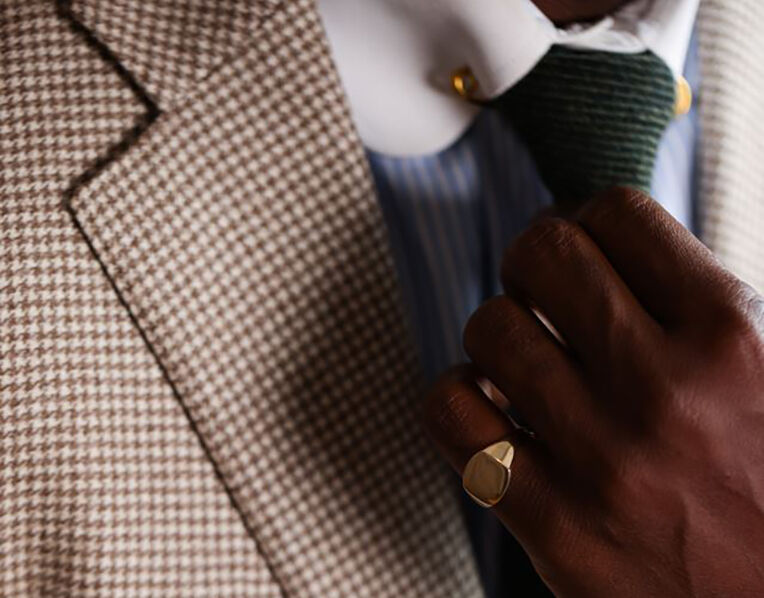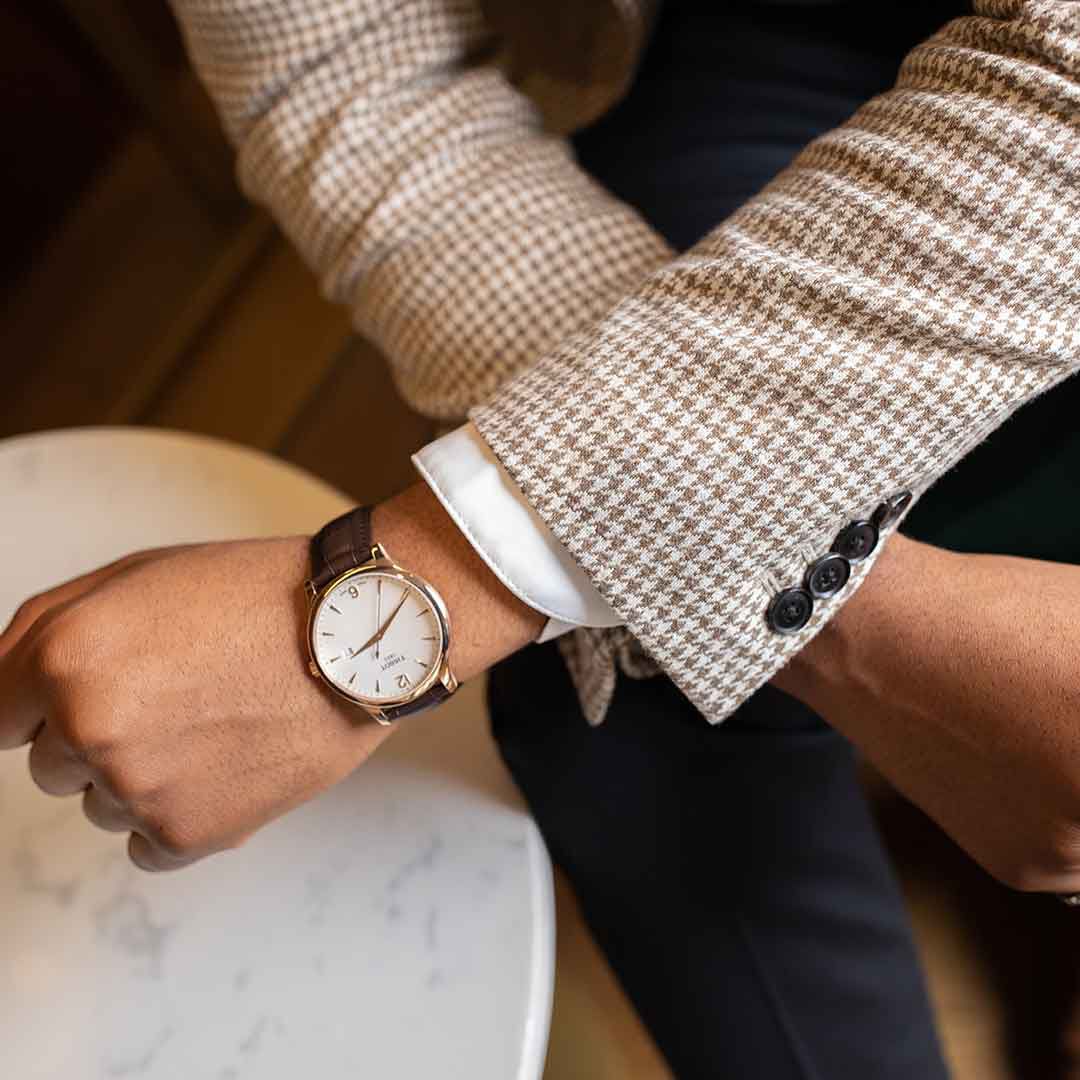The Leap of Love: Unravelling the Story of Leap Year Proposals
In the intricate tapestry of traditions and customs that shape our lives, one curious phenomenon stands out—the tradition of leap year proposals. Steeped in history and draped in romantic mystique, this unique practice has inspired countless love stories and challenged societal norms. Let's embark on a journey through time to unravel the fascinating story behind leap year proposals.
Leap year proposals trace their roots back to an old Irish legend that dates back to the 5th century. According to the story, St. Bridget approached St. Patrick with a concern that women had to wait too long for their suitors to propose. In response, St. Patrick declared that women were allowed to propose to their partners every four years on Leap Day—a day added to the calendar to synchronise it with the solar year.
The Leap Day loophole became a means for women to take charge of their romantic destiny in a society where gender norms were more rigid. The concept spread across Europe, finding its way into various cultures and becoming a whimsical tradition.
Challenging Tradition
Leap year proposals were not just about women taking the reins; they also challenged societal norms and gender expectations. In eras when women were often confined to traditional roles, proposing on a leap year provided an opportunity to break free from these constraints.
As societal norms evolved, so did the way leap year proposals were perceived. Rather than being seen as a rare deviation from tradition, they transformed into a light-hearted and empowering gesture, encouraging couples to embrace equality in their relationships.
Leap Year in Popular Culture
Over the years, leap year proposals have found a place in popular culture, becoming a recurring theme in literature, films, and television. From classic novels to romantic comedies, the idea of a woman proposing on a leap year has been portrayed as both unconventional and endearing.
One notable example is the 2010 romantic comedy film "Leap Year," where Amy Adams' character travels to Ireland to propose to her boyfriend on Leap Day. The movie explores the nuances of love and challenges the conventional ideas of who should take the initiative in a relationship.
Modern-Day Leap Year Proposals
In the 21st century, the significance of leap year proposals has evolved. While the tradition remains a charming and whimsical aspect of romance, it is no longer bound by strict adherence to gender roles. Couples today use leap year proposals as an opportunity to celebrate their love in a fun and memorable way.
Social media platforms have played a significant role in shaping modern leap year proposals, with couples sharing their stories and experiences with a global audience. This modern twist allows for a display of creativity and adds an element of fun to their love stories. Specifically, when it comes to proposing to men, women are embracing the flexibility of this tradition. Some opt for the elegance of a watch, symbolizing the precious time they've spent and will spend together. Others prefer the classic gesture of presenting a ring, a timeless emblem of love and commitment. These choices reflect a contemporary approach to celebrating engagements, where personal preference and meaningful symbolism take centre stage.
Leap year proposals are more than a quirky tradition—they embody the resilience of love in the face of societal norms and the evolving dynamics of relationships. Whether rooted in ancient legends or celebrated in modern pop culture, these proposals continue to captivate our imaginations and remind us that love, in all its forms, is a force that transcends time and tradition.
So, as the next Leap Day approaches, who knows what enchanting love stories will unfold, carrying on the legacy of this delightful tradition.
.jpg)

